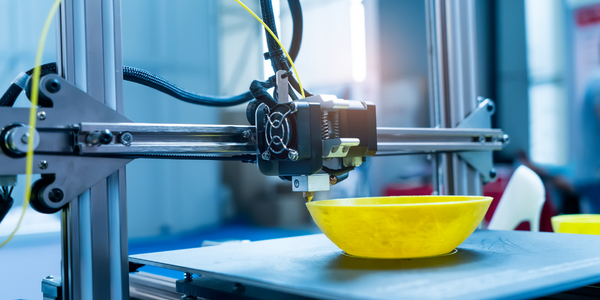Technology Category
- Analytics & Modeling - Digital Twin / Simulation
- Cybersecurity & Privacy - Intrusion Detection
Applicable Functions
- Product Research & Development
Use Cases
- Manufacturing Process Simulation
- Virtual Prototyping & Product Testing
About The Customer
Audemars Piguet & Cie SA is a Swiss manufacturer of luxury watches, founded in 1875. The company is renowned for developing and crafting precision watches equipped with complex mechanisms. Over the years, Audemars Piguet has pushed the boundaries of watchmaking, developing many firsts in the industry. Today, the company continues to be characterized by Swiss precision and its exceptional timepieces. The company's commitment to innovation and quality is evident in its use of advanced simulation technologies to improve the design and manufacturing process of its watches.
The Challenge
Audemars Piguet & Cie, a luxury watch manufacturer, faced a significant challenge in the design and manufacturing of their high-precision watch components, specifically the date display mechanism. This mechanism, which changes the date every 24 hours, needs to advance the date in a way that appears instantaneous to the human eye, usually within 0.015 seconds, and must reveal the correct next date. This is achieved through a complex assembly of a jumper, spring, and trigger cam to rotate the display disk exactly one date step. Traditionally, these fine watch mechanisms were designed using prototyping, a costly and iterative process. While simulation could reduce the need for prototypes, the precise and flexible components within the watch mechanism’s dynamic system required extremely accurate nonlinear dynamics capabilities to characterize correctly.
The Solution
Audemars Piguet & Cie adopted ANSYS simulation technology, specifically ANSYS Mechanical and ANSYS LS-DYNA, to address their challenge. The company used ANSYS transient dynamic and explicit solutions to analyze the dynamic behavior of the date display mechanism. They employed nonlinear contact behavior to accurately model the moving mechanism of the date display. This allowed them to analyze and compare the behavior of different design models and improve the mechanism based on simulation results. The simulation results were then compared with real tests which showed outstanding agreement. This approach allowed the company to meet the exacting precision required by the watch industry and launch the model into production without any further prototypes.
Operational Impact
Quantitative Benefit

Case Study missing?
Start adding your own!
Register with your work email and create a new case study profile for your business.
Related Case Studies.

Case Study
Battery manufacturer Industrial Digital Twin
For optimum control of product quality, Banner relies on a high production depth. Its 560 production employees produce nearly all the components in¬-house that they need to make finished batteries on Banner’s six assembly lines. This includes the plastic parts for the battery cases as well as the paste-filled lead oxide grids. Their production involves two to five¬ days rest in maturing chambers to create optimum current absorption and storage capacity. Banner’s ongoing success was accompanied by a continuous, organic growth of the production facilities, adding or extending hall after hall until the complex filled the site that had seemed ever so spacious when the company moved here from a smaller place in 1959. These developments led to a heterogeneous production environment. “This confronts us with significant challenges, particularly concerning intra¬logistics issues, such as scheduling for the maturing chambers,” says Franz Dorninger, technical director at Banner. “We contemplated various ways to overcome this problem, including relocating to new premises.”

Case Study
Intralox Using Demo3D Case Study
Intralox strives to create significant economic value for our customers by optimizing their conveyance systems. Intralox wants to emulate real-world production environments for end users and OEMs working in multiple industries, including packaging, warehousing, parcel, beverage, brewery, food, tire, and consumer goods. They frequently had to perform physical tests to demonstrate to customers how ARB equipment would handle their products.

Case Study
General Dynamics Uses Wind River Simics to Meet NASA Challenge
In designing and building Fermi, the General Dynamics C4 Systems business unit was faced with a challenge: it needed to provide an environment that could support rigorous testing by multiple Fermi subsystem groups before the spacecraft hardware was available.






